GONGJU & BUYEO FULL-DAY TOUR
-
- Price
- 200,000 KRW / Person
- Minimun Pax
- 4 People
- Time
- Daily 08:00am ~ 19:00pm
- Inclusion
- Transportation, English-speaking Tour Guide-cum-Driver, Admission Fees, Lunch, Hotel Pick-up/Drop-off Services, VAT.
- Exclusion
- Dinner, Personal Expenses.
Tour Course
-
- Hotel (Seoul)
- Move to Buyeo (3 Hours)
- Buyeo: Busosan Fortress & Nakhwaam-Goransa
- Lunch (Bibimbap)
- Gongju: National Museum & King Muryeong's Tomb
- Move to Seoul (3 Hours)
- Hotel.
Highlights
-
-
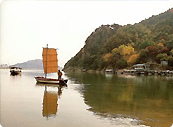
-
- Busosanseong Fortress
-
Busosanseong Fortress (Historic Site No. 5) is a mud fortress located on top of Mt. Buso in the northern part of Buyeo.
The fortress is estimated by some to have been built around 538 AD to protect Sabi (now Buyeo), which was once the capital of the Baekje Kingdom. Other historians, however, believe that the fortress was already in place by 500 AD and modified in 605 into the structure we see today. Mt. Buso was once considered the guardian mountain of Buyeo and is home to historic landmarks from the Baekje Kingdom (18 BC-660 AD). In addition to Busosanseong Fortress, some of the most famous sites on the mountain include Baekhwajeong Pavilion, Sajaru Pavilion, Banwollu Pavilion, Yeongillu Pavilion, Samchungsa Shrine(dedicated to three loyal subjects of the Baekje Kingdom), Gungnyeosa Shrine, Goran Temple, Gunchangji (military warehouse site), and Suhyeoljugeoji (site of pit houses for the Baekje soldiers). The mountain is also home to Nakhwa Rock where, according to legend, 3,000 women of the Baekje Kingdom threw themselves into the river below after the collapse of the empire.
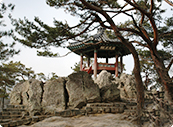
-
- Nakhwaam-Goransa
- Nakhwaam is a rock cliff towering over Baengmagang River in the northern end of Busosan Mountain. According to the legend, this is where the royal court women of Baekje jumped off to kill themselves when the kingdom of Baekje was defeated during the invasion of Sabiseong Fortress (now Busosanseong Fortress in Buyeo) by the Shilla-Tang Alliance. The name of this rock, Nakhwaam, literally means "the cliff of falling flowers" and symbolizes the fidelity and loyalty of Baekje women.
- Nakhwaam-Goransa
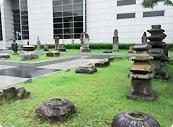
-
- Gongju National Museum
-
Gongju National Museum manages and preserves the cultural treasures excavated from northern Chungcheongnam-do. It takes special care of cultural treasures discovered at the Muryeong Royal Tomb in 1971. The Muryeong Royal Tomb is the tomb of King Muryeong(501~523) from the Baekje Period, and his queen consort. You can view most of the relics from the tomb at the museum. The current buildings were specifically built to exhibit these relics. Gonju Museum has excavated many other relics and sites. The exhibit hall constitutes of 2 parts. It exhibits over 1000 relics, including National Treasure No.19 and No.4. The first room of the 2nd floor displays the relics from the Muryeong tomb. It is quite a treat to view the golden belt, bracelet and bronze mirrors.
There is even a full-scale model of the Muryeong tomb for you to view. The 2nd room of the first floor displays the relics from the Chungcheongnam-do area chronologically.
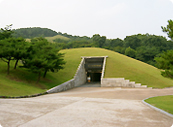
-
- King Muryeong's Tomb
- The popular Tomb of King Muryeong is the 7th tomb, and it is the resting place for Baekje's 25th King Mu-Ryeong and his Queen. This tomb was discovered accidentally when installing pipes to prevent tombs number 5 and 6 from being flooded. Tomb of King Muryeong was found to be unusual in the way it was built and what it contained. It was built with bricks like the 6th Tomb, and many national treasures were found inside, supplying scholars studying Baekje culture with precious research material. There were 108 kinds of artifacts found inside, totaling 2,906 items altogether. 12 of these artifacts were designated National Treasures. Some of the representative treasures are the crowns worn by the King and the Queen, gold decorations for the crowns, gold earrings, necklaces, bronze mirrors, pillows, and foot pillows.
-


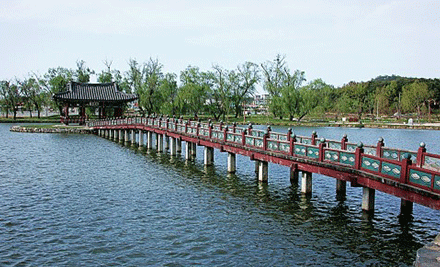

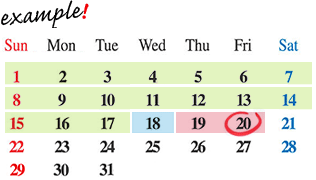

 E-mail
E-mail


























